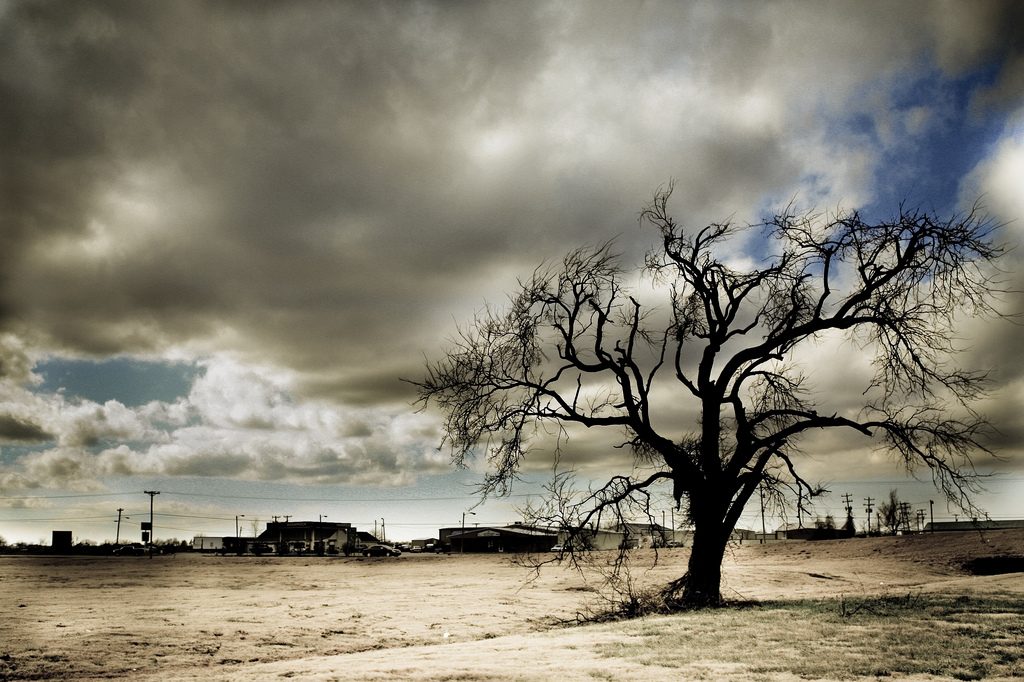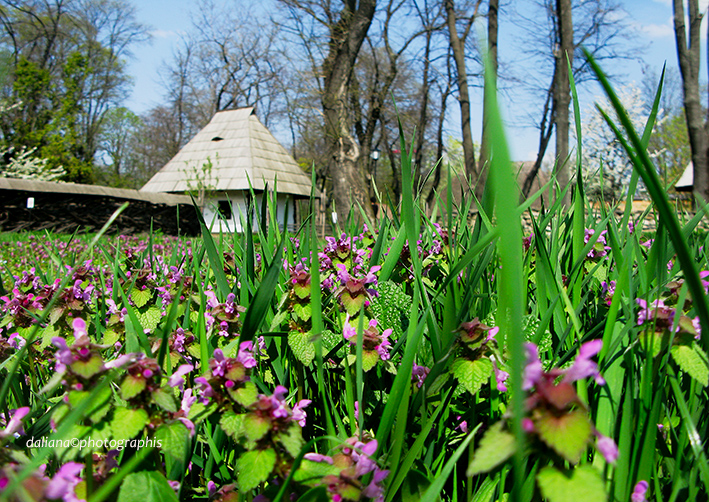

Carson wrote that “he balance of nature…is a complex, precise, and highly integrated system of relationships between living things which cannot safely be ignored any more than the law of gravity can be defied with impunity by a man perched on the edge of a cliff…Man, too, is part of this balance.” The words she chose were poetic, and they expressed a deep connection to the natural world.

During the 1950s, female and male scientists had different outlooks on the world.

There were first-hand accounts of “skin rashes, dizziness and nausea, respiratory ailments…cancers and death faced by the farmworkers due to pesticide exposure.” This was one of Carson’s major points–pesticides that were used before the 1950’s would be prevalent in species the next fifty to a hundred years in the future.Īlthough the book would eventually gain support, it first had to fight many battles. Three days after Silent Spring was published, the United Farm Workers convention took place, in which hard data was brought forward of the risks that pesticides had on humans. A secondary problem would come from pests becoming resistant to the pesticides, which would lead companies to create stronger, more dangerous chemicals. This could create a lethal cause and effect that could be harmful for future generations of plants, creatures, and humans. These chemicals are involuntarily ingested by larger creatures when they eat poisoned insects. As she got older, she began to write articles and journals about how this pollution affected ocean life, and how little regulation the output of these chemicals had.Ĭarson’s thesis throughout Silent Spring was that pesticides and chemicals used to kill pests on crops bleed into the environment and affect our water sources. Growing up in Pittsburgh, she was no stranger to the air pollution caused by big plants and factories. Rachel Carson was a pioneer in the field of marine biology. Rachel Louise Carson, pictured above, wrote her landmark book, Silent Spring, in 1962 outlining the risks of insecticides on our environment.


 0 kommentar(er)
0 kommentar(er)
